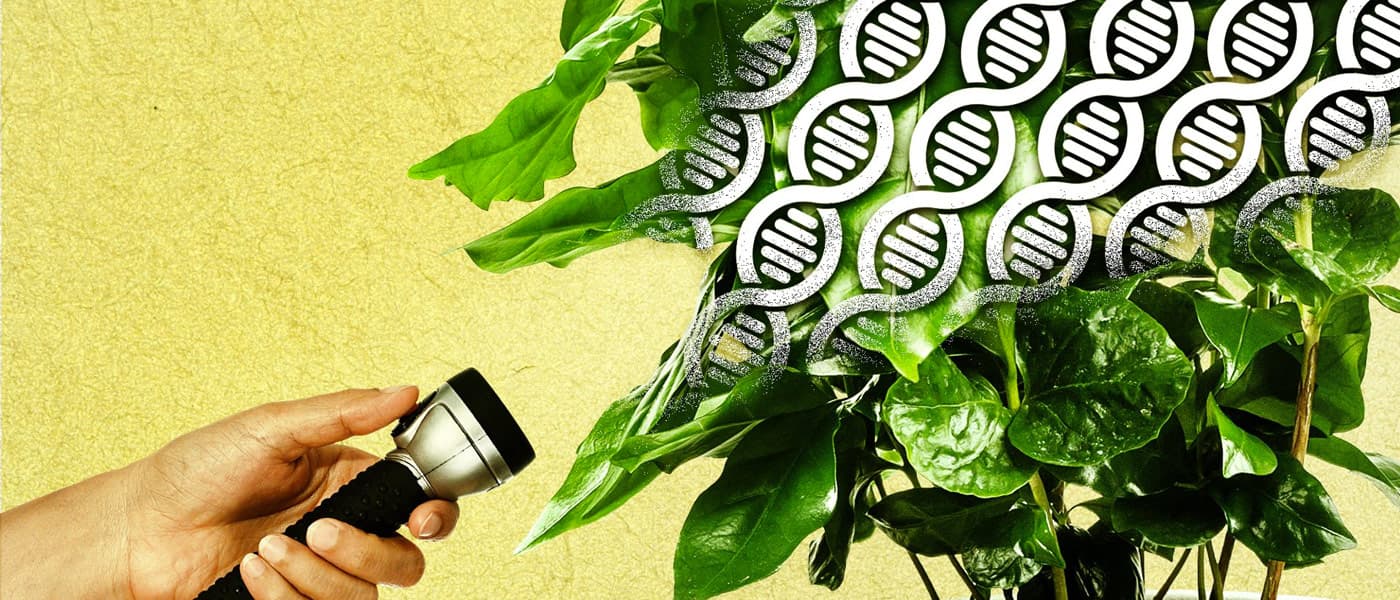I Have One In My Pocket
The handheld, portable tricorder from Star Trek was essentially able to scan and record biological data from almost anything, and it could do it anytime and anywhere. Recent technology has been pulling the device out of science fiction and turning it into reality, but none have come close to getting genetic information with the same portability...except for British company Oxford Nanopore Technologies.
The device is only 10.16 cm (4 in) long, 2.54 cm (1 in) wide, and weighs about 87 grams. It's a USB-powered device, and it's called the MinION. It's smaller than most smartphones, easy to forget in your jacket pocket, and it's changing the DNA sequencing industry.
How It Works
The MinION makes use of nanopore technology in which ions from substances are made to pass through this tiny hole. With voltage applied from the device, the flow creates a current, and if something blocks the pore, perhaps a strand of DNA, the current drops. This depends on the different bases that make up DNA (A, C, G, and T).
Conventional methods, where DNA is broken down and read piece by piece, are done through huge machines. This device revolutionizes DNA sequencing, cutting down the process time, and making the technology available in a number of situations.
However, the MinION's production was a disappointment to many scientists due to manufacturing delays, inaccurate results, and lack of significant features.
Nonetheless, the company has been working hard to keep improving the technology behind MinION. Enter VolTRAX, a chip that goes into the MinION and prepares substances for sequencing, without the need of a lab with various instruments.
Moreover, the device is seen to work hand in hand with Oxford Nanopore's What's In My Pot (WIMP), an online app that takes sequences and finds the organism they belong to, and it's up in the company's online hub, Metrichor.
The applications for the device are countless. In fact, the MinION has been used to deal with the Ebola outbreak, and soon, it'll be on the International Space Station for astronauts to use (just like the famous "tricorder").
Share This Article
